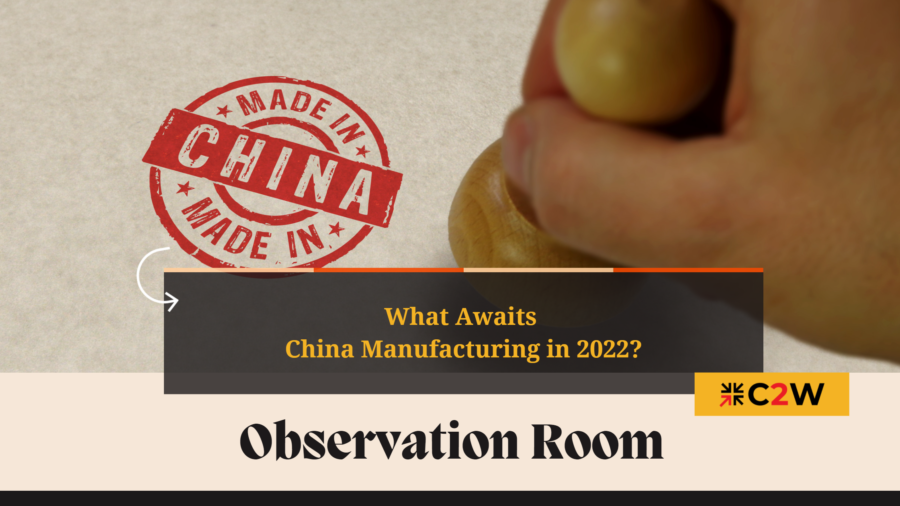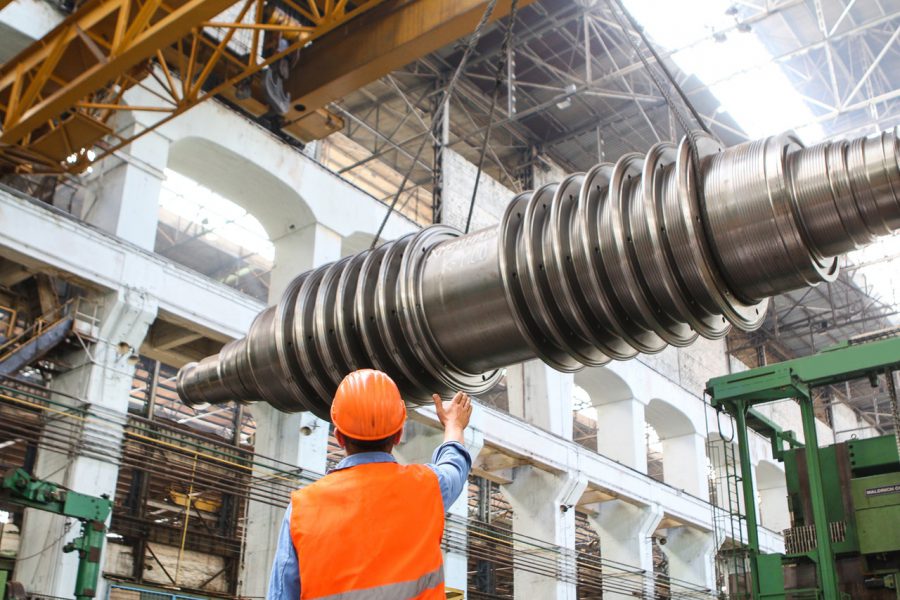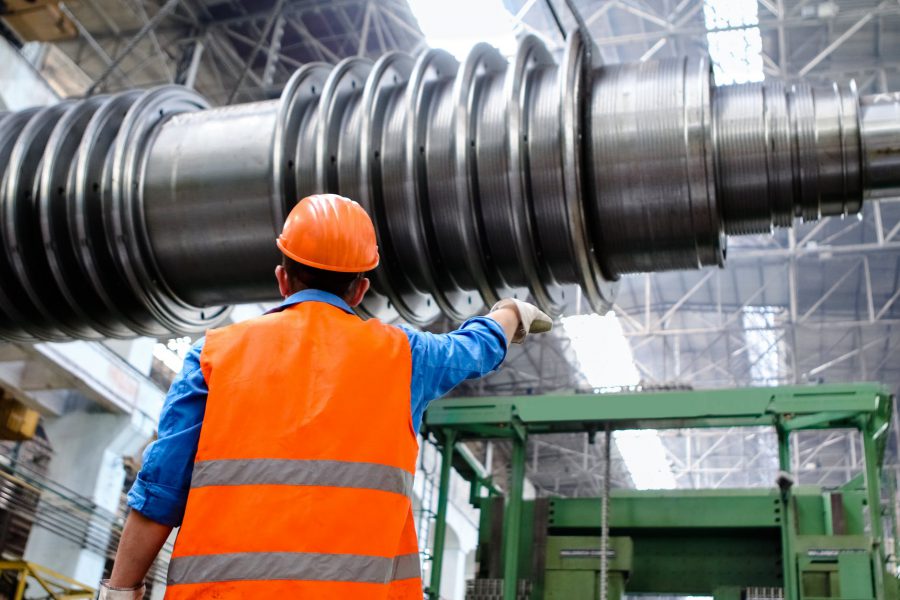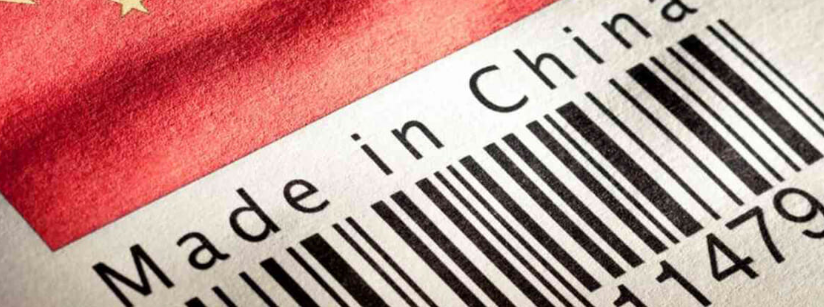It was a pretty good wrap up of 2021. The China manufacturing saw an unexpectedly delightful growth in December, as the Caixin Markit General Manufacturing PMI rose to 50.9 from 49.9 in November, which is the highest since July last year. [i] The number also echoes the growth of 50.3 reported by the National Bureau of Statistics of China(NBS). In a nutshell, the manufacturing sector outperformed what many economic analysts expected.[ii] But with the pandemic still in the way, 2022 is most likely still a year of uncertainty, especially for the China manufacturing well under pressure from trade/export, job markets, global supply chain and inflation, etc. While we look back and learn from the history, we also set our sight on the future. Here’s what we think we should look out for in 2022.
COVID Stills Plays A Vital Role
Quite some countries in the western world are going back into lockdown with the new variant, Omicron, spreading all over the globe, even though some studies find it less threatening yet more contagious than ever. [iii] China is also witnessing the biggest cluster of outbreaks in the city of Xi’an, the worst since the first epicenter, Wuhan. In that case, we can safely conclude that China is not giving up its dynamic zero-tolerance policy anytime soon, at least not until China hosts the Winter Olympics in Beijing and the Asiad in Hangzhou. Just like in 2021, many businesses turned to China for alternatives when other manufacturing hubs suffered from major outbreaks once a new variant ravaged. It is not like China would be spared from a new variant, but its pandemic control policy does offer some stabilization for manufacturing since most factories won’t be severely disrupted. In 2022, China might still be the safe haven for those looking to source their products from overseas or to outsource manufacturing.
Green Transition Favorably Underway
The national initiative for China manufacturing development, “Made in China 2025” and the 14th 5-Year Plan, China’s economic strategic planning for 2020-2025, both stress the ambition of developing advanced and eco-friendly manufacturing as well as technological innovation. The government and financial institutions offer various types of loans in different scales to support high-end and low-emission manufacturing, upgrade traditional industries, develop and promote green energy, and conserve power.[iv] In one word, the transition to “professional, advanced, precise and innovative” manufacturing China has been pushing for is backed up at every level, and the Chinese government would love to turn it into a major drive for economic growth by 2025. Therefore, in 2022, we might see a significantly increasing amount of investment into related industries and thus more favorable output, contributing to the economic transition. For those looking to eco-source from China, this might come across as good news.
Inflation Might Be Eased
Manufacturers in China might be able to take a little break in 2022. The last few months of 2021 saw an impactful inflation of energy, including coal, gas and natural gas, on top of the power shortage and conservation required by the government in an effort to reduce carbon emission, prompting factory to put a hold on production. Foreign demand due to economic reopening also resulted in higher price of staple commodities. These all added an immense amount of pressures on manufacturers in terms of production cost. iv But in December, average input costs rose at the slowest pace.[v] As the raw material supply recovers, we are quite likely to see lower PPI in 2022.
Optimism Still Lacking
“The Great Resignation” is not over yet, at least not the impact. The employment index was still discouraging in December and even hit the lowest since February. But that also attributed to businesses’ unwillingness to fill up the spots left during the pandemic for concerns over the economic recovery. Trade demand still seems sluggish with the shortage of containers, on-and-off COVID flare-ups, and geopolitical reasons. All these above negative factors add up to the enterprises’ cautious outlook on the manufacturing industry. v Also, this pandemic has demonstrated the risks of concentrating supply chains on a certain manufacturing hub, which may propel businesses to spreading out and diversifying their sources of products. This is not really a good sign for China manufacturing, which is why the Chinese government has also been fostering the “dual circulation” strategy, boosting domestic demand while staying open to the international economy. But despite the efforts, it may still need some more time to catch up. In that case, with the demand for foreign businesses, China manufacturing is still an appeal to some international businesses given its cost and expertise.
C2W is your option if stability is what you are going for. We are located in the Great Bay Area, with favorable tax policy and access to some of the biggest ports in the world. Please feel free to contact us if you have any questions.
[i] https://www.scmp.com/economy/economic-indicators/article/3162017/china-factory-activity-grows-fastest-pace-6-months?module=perpetual_scroll_0&pgtype=article&campaign=3162017
[ii]https://www.reuters.com/world/china/china-dec-factory-activity-unexpectedly-accelerates-official-pmi-2021-12-31/
[iii] https://www.nytimes.com/2021/12/31/health/covid-omicron-lung-cells.html
[iv] https://assets.kpmg/content/dam/kpmg/cn/pdf/zh/2021/12/2022-ten-macroeconomic-trends.pdf
[v] http://download.caixin.com/upload/ziliao/CN_Manufacturing_ENG_2201_PR12.pdf




